|
Your search criteria found 473 images Feature Name |
| My List |
Addition Date | Target | Mission |
Instrument
|
Size |

|
1998-06-08 | Mars |
Viking |
8292x6485x3 | |
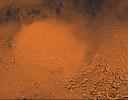
|
|||||

|
1996-11-27 | Toutatis | 4096x3072x3 | ||
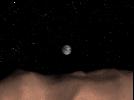
|
|||||

|
1999-01-27 | Earth |
Spaceborne Imaging Radar-C/X-Band Synthetic Aperture Radar |
376x828x3 | |
|
|
|||||

|
1999-04-15 | Earth |
Spaceborne Imaging Radar-C/X-Band Synthetic Aperture Radar |
2447x1789x3 | |
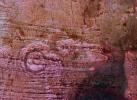
|
|||||

|
1999-04-15 | Earth |
Spaceborne Imaging Radar-C/X-Band Synthetic Aperture Radar |
2206x1758x3 | |
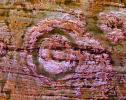
|
|||||

|
2003-12-12 | Sol (our sun) |
Voyager |
576x389x3 | |
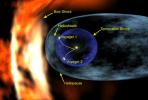
|
|||||

|
2005-01-21 |
Deep Impact |
1920x2560x3 | ||

|
|||||

|
2004-12-09 |
Spitzer Space Telescope |
1386x956x3 | ||
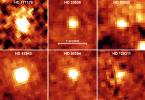
|
|||||

|
2004-12-09 |
Spitzer Space Telescope |
1364x1024x3 | ||
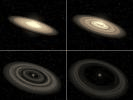
|
|||||

|
2005-05-09 | Tempel 1 |
Deep Impact |
8598x5732x3 | |
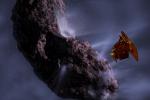
|
|||||

|
2005-06-02 | Tempel 1 |
Deep Impact |
2696x1921x3 | |
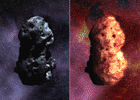
|
|||||

|
2005-07-01 | Comet | 720x573x3 | ||
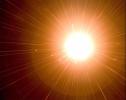
|
|||||

|
2005-07-01 | Comet |
Spitzer Space Telescope |
646x486x3 | |
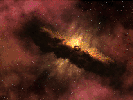
|
|||||

|
2005-07-01 | Tempel 1 |
Deep Impact |
720x540x3 | |
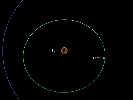
|
|||||

|
2005-08-29 | S Rings |
Cassini-Huygens |
2672x970x3 | |
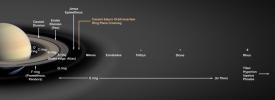
|
|||||

|
2005-10-20 |
Spitzer Space Telescope |
3000x2400x3 | ||
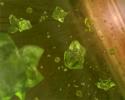
|
|||||

|
2005-11-03 |
Stardust |
1280x720x3 | ||
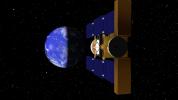
|
|||||

|
2005-11-03 |
Stardust |
640x354x3 | ||
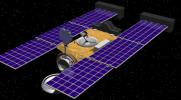
|
|||||

|
2005-11-03 |
Stardust |
2400x3000x3 | ||

|
|||||

|
2005-11-03 |
Stardust |
601x900x3 | ||

|
|||||

|
2006-01-20 |
Stardust |
3072x2048x3 | ||
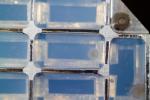
|
|||||

|
2006-10-19 |
Stardust |
720x515x1 | ||
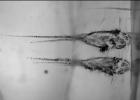
|
|||||

|
2006-02-21 |
Stardust |
720x540x3 | ||
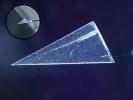
|
|||||

|
2006-02-21 |
Stardust |
720x540x1 | ||
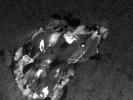
|
|||||

|
2006-02-21 |
Stardust |
1547x1136x3 | ||
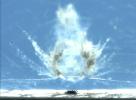
|
|||||

|
2007-03-29 |
Spitzer Space Telescope |
3000x2000x3 | ||

|
|||||

|
2007-03-29 |
Spitzer Space Telescope |
3000x2400x3 | ||
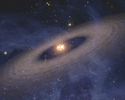
|
|||||

|
2007-07-24 |
Spitzer Space Telescope |
3000x2400x3 | ||
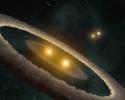
|
|||||

|
2007-10-03 |
Spitzer Space Telescope |
3000x2400x3 | ||
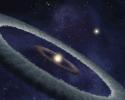
|
|||||

|
2008-07-21 | 1600x1600x3 | |||

|
|||||

|
2008-10-27 | Epsilon Eridani |
Spitzer Space Telescope |
3000x1600x3 | |
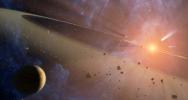
|
|||||

|
2008-10-27 | Epsilon Eridani |
Spitzer Space Telescope |
3000x2400x3 | |
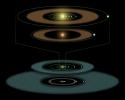
|
|||||

|
2009-05-13 |
Spitzer Space Telescope |
3000x2400x3 | ||
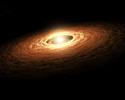
|
|||||

|
2009-09-24 | Moon |
Deep Impact |
1000x750x3 | |
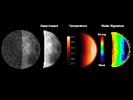
|
|||||

|
2009-09-24 | Moon |
Deep Impact |
1000x495x3 | |
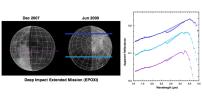
|
|||||

|
2009-11-17 |
Wide-field Infrared Survey Explorer (WISE) |
1280x720x3 | ||
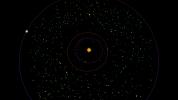
|
|||||

|
2009-11-20 |
Cassini-Huygens |
3019x2031x3 | ||
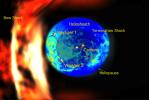
|
|||||

|
2010-10-26 | Tempel 1 |
EPOXI |
631x360x3 | |
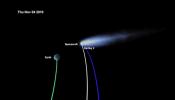
|
|||||

|
2010-10-26 | Hartley 2 |
EPOXI |
600x338x3 | |

|
|||||

|
2010-11-03 | Hartley 2 |
EPOXI |
512x512x1 | |
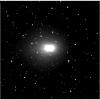
|
|||||

|
2010-11-04 | Hartley 2 |
EPOXI |
2999x2249x1 | |
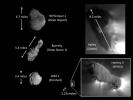
|
|||||

|
2011-02-10 | Tempel 1 |
StardustNExT |
2400x3000x3 | |

|
|||||

|
2011-03-31 | Jupiter |
Galileo |
2610x4104x3 | |

|
|||||

|
2011-04-28 |
Voyager |
1280x720x3 | ||
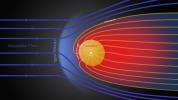
|
|||||

|
2011-10-20 |
Herschel Space Observatory |
3000x2400x3 | ||
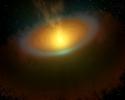
|
|||||

|
2011-10-19 |
Spitzer Space Telescope |
4267x2400x3 | ||
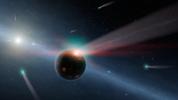
|
|||||

|
2012-04-12 |
Herschel Space Observatory |
2360x2359x3 | ||
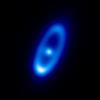
|
|||||

|
2012-05-21 |
Kepler |
1500x1200x3 | ||
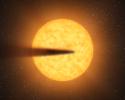
|
|||||

|
2012-09-11 |
Exoplanet |
3600x2400x3 | ||
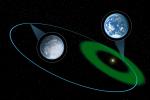
|
|||||

|
2012-09-18 | 1439x1080x3 | |||

|
|||||

|
2012-11-29 | Mercury |
MESSENGER |
1980x5464x3 | |
|
|
|||||

|
2013-01-08 |
Herschel Space Observatory Spitzer Space Telescope |
4267x2400x3 | ||
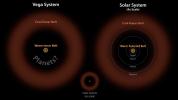
|
|||||

|
2013-05-06 |
Spitzer Space Telescope |
4000x2667x3 | ||
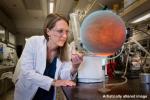
|
|||||

|
2013-08-21 |
Wide-field Infrared Survey Explorer (WISE) |
5334x3000x3 | ||
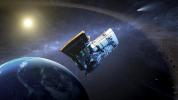
|
|||||

|
2013-09-12 | Sol (our sun) |
Voyager |
5432x3025x3 | |
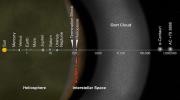
|
|||||

|
2013-10-25 |
Kepler |
5333x3000x3 | ||
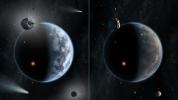
|
|||||

|
2013-12-11 | Europa |
Galileo |
2208x2292x3 | |

|
|||||

|
2014-01-24 | Comet |
Rosetta |
1986x1174x3 | |
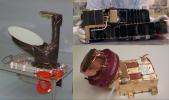
|
|||||

|
2014-01-24 | Comet |
Rosetta |
1203x902x3 | |
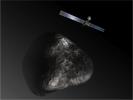
|
|||||

|
2014-03-06 | Asteroid | 1024x768x3 | ||

|
|||||

|
2014-03-05 | Asteroid | 1024x768x3 | ||
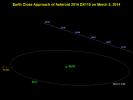
|
|||||

|
2014-03-07 |
Wide-field Infrared Survey Explorer (WISE) |
8421x5361x3 | ||
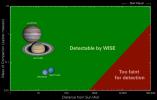
|
|||||

|
2013-07-02 | ISON |
Hubble Space Telescope |
1008x935x3 | |
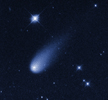
|
|||||

|
2013-10-09 | Comet |
Hubble Space Telescope |
946x929x3 | |
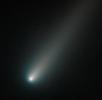
|
|||||

|
1986-03-14 | Comet | 1836x961x3 | ||
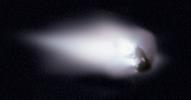
|
|||||

|
2003-09-05 | Comet |
Hubble Space Telescope |
2400x1918x1 | |
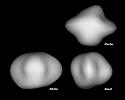
|
|||||

|
2014-10-09 | Mars | 2560x1600x3 | ||
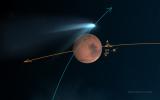
|
|||||

|
2014-10-09 | Mars | 1000x1000x3 | ||
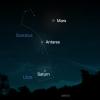
|
|||||

|
2014-11-07 | Mars |
MAVEN |
2048x1232x3 | |
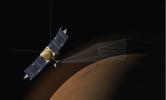
|
|||||

|
2014-11-07 | Mars |
MAVEN |
2048x1536x3 | |
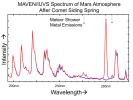
|
|||||

|
2014-11-07 | Comet |
Rosetta |
1600x901x3 | |
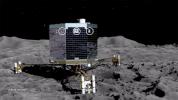
|
|||||

|
2014-12-17 | Comet |
Rosetta |
1151x1202x3 | |

|
|||||

|
2015-01-13 | Comet |
NEOWISE |
1280x720x3 | |
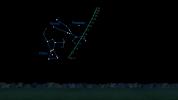
|
|||||

|
2015-01-28 | Titan |
Cassini-Huygens |
2240x1520x3 | |
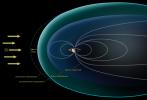
|
|||||

|
2015-02-10 | 1833x2442x3 | |||

|
|||||

|
2015-03-26 |
NEOWISE |
1799x1799x3 | ||
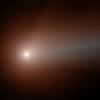
|
|||||

|
2015-11-24 |
Kepler Spitzer Space Telescope |
4534x2550x3 | ||
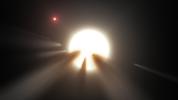
|
|||||

|
2016-01-28 |
Hubble Space Telescope |
1886x3000x3 | ||

|
|||||

|
2016-03-09 | Mars |
MAVEN |
1586x888x3 | |
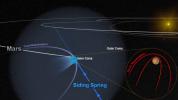
|
|||||

|
2016-10-07 | Comet |
Kepler Rosetta |
1786x1030x1 | |
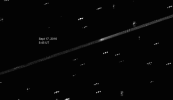
|
|||||

|
2017-06-05 | KELT-9b | 5120x2880x3 | ||
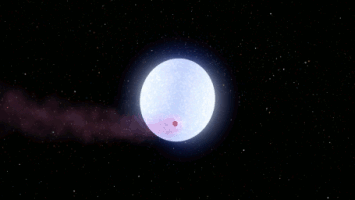
|
|||||

|
2017-07-25 | Comet | 1992x1000x3 | ||
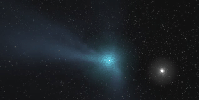
|
|||||

|
2017-10-04 |
Spitzer Space Telescope |
5120x2880x3 | ||
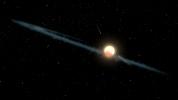
|
|||||

|
2018-04-12 | Earth |
ENVISAT |
2367x1334x3 | |
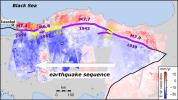
|
|||||

|
2018-12-10 |
Voyager Interstellar Mission |
1920x1080x3 | ||
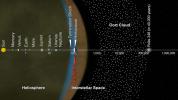
|
|||||

|
2020-07-08 | Comet |
NEOWISE |
860x651x3 | |
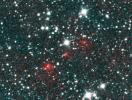
|
|||||

|
2021-01-08 |
Mars 2020 Rover |
3351x3042x3 | ||
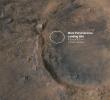
|
|||||

|
2022-12-22 | Asteroid |
NEO Surveyor |
3000x1787x3 | |
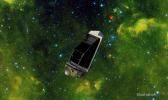
|
|||||

|
2023-01-24 | Asteroid |
Psyche |
1920x1280x3 | |
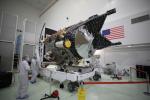
|
|||||

|
2023-07-18 | Asteroid |
Psyche |
8192x5464x3 | |
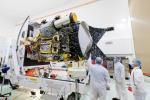
|
|||||

|
2023-07-18 | Asteroid |
Psyche |
8192x5464x3 | |
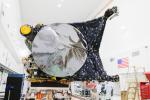
|
|||||

|
2009-01-07 | Comet |
Hubble Space Telescope |
Advanced Camera for Surveys |
846x916x3 |

|
|||||

|
2002-09-17 | Earth |
Terra |
ASTER |
1192x998x3 |
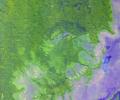
|
|||||

|
2015-10-30 | Asteroid |
Arecibo Observatory |
1050x149x1 | |

|
|||||

|
2015-10-30 | Asteroid |
Arecibo Observatory |
1041x1041x1 | |
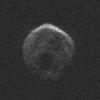
|
|||||

|
2005-07-05 | Tempel 1 |
Deep Impact |
Autonomous Navigation System |
720x540x3 |
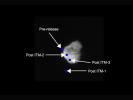
|
|||||

|
2002-09-13 | Earth |
Shuttle Radar Topography Mission (SRTM) |
C-Band Interferometric Radar |
3601x3601x3 |
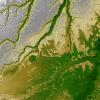
|
|||||

|
2002-09-26 | Earth |
Shuttle Radar Topography Mission (SRTM) |
C-Band Interferometric Radar |
1200x1200x3 |
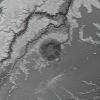
|
|||||

|
2002-09-26 | Earth |
Shuttle Radar Topography Mission (SRTM) |
C-Band Interferometric Radar |
1016x865x3 |
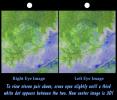
|
|||||

|
2019-09-12 |
Canada-France-Hawaii Telescope |
705x645x1 | ||
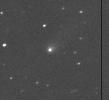
|
|||||
 |
 |
 |
 |
 |

|
|
| 1-100 | 101-200 | 201-300 | 301-400 | 401-500 |
| Currently displaying images: 1 - 100 of 473 |